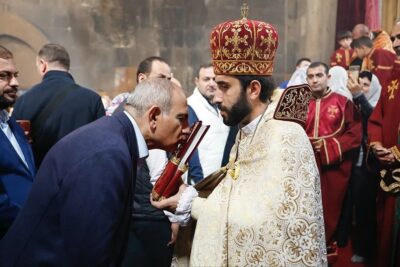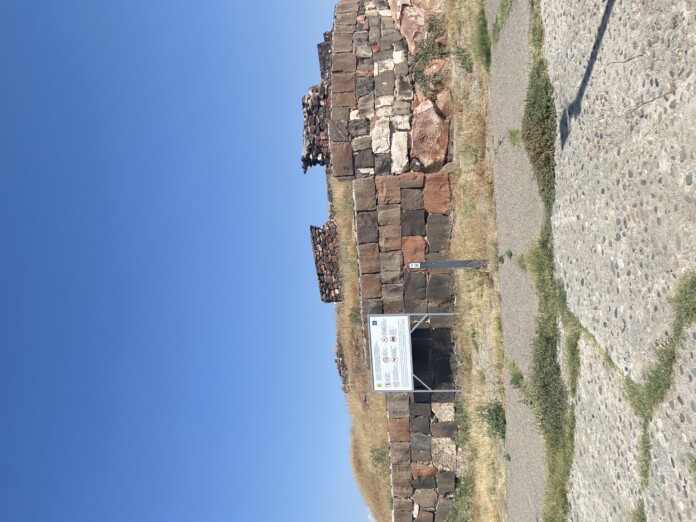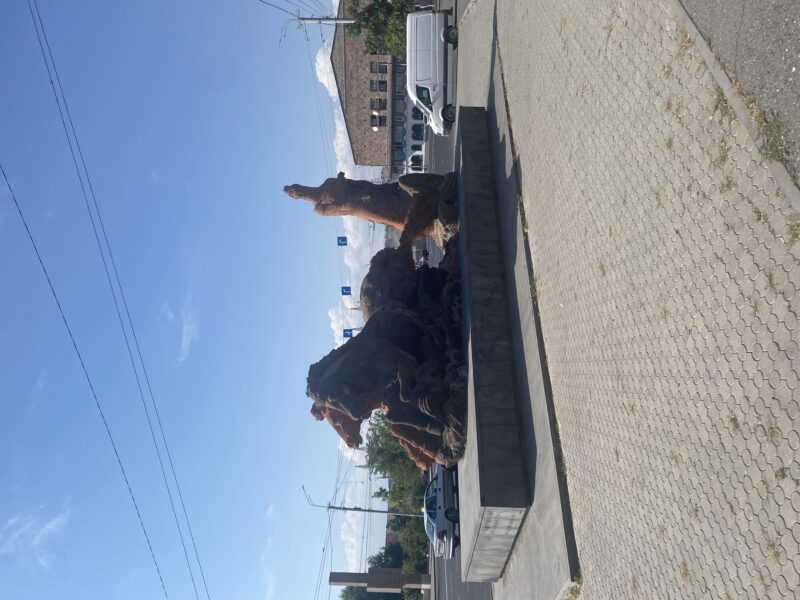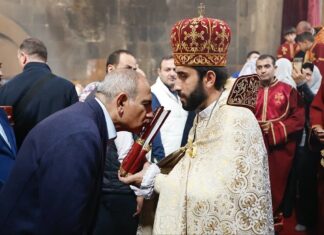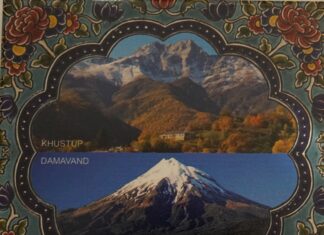By Mariam Pashayan
Special to the Mirror-Spectator
High on the Arin Berd hill in the southern corner of Yerevan, only a few blocks away from the neighborhood called Nor Aresh, stands the Erebuni Fortress. This ancient Urartian stronghold is an echo of the past, and the unknown future.
I spent the first eleven years of my life in the vibrant little neighborhood of Nor Aresh. Nor Aresh was more than a place – it was a community shaped by stories, survival and resilience. Both of my grandparents, along with their families, returned to Armenia after World War II, during the repatriation movement. They met, got married, and built their first home in that very neighborhood, laying its foundations with their own hands. They used to tell us stories about how, back then, the fortress hadn’t been officially discovered. Locals would collect stones from the hillside and bring it home to use in constructions, unaware they were handling pieces of ancient history. Archaeologists and local authorities only later began to take an interest in it.
Erebuni Fortress was founded in 782 B.C. by King Argishti I of Urartu. It served as an important fortress and city, playing an iconic role in Urartu’s history as a symbol of civilization, engineering, and strategic power. The fortress served military, religious and cultural ambitions. Its name gave birth to modern Yerevan.
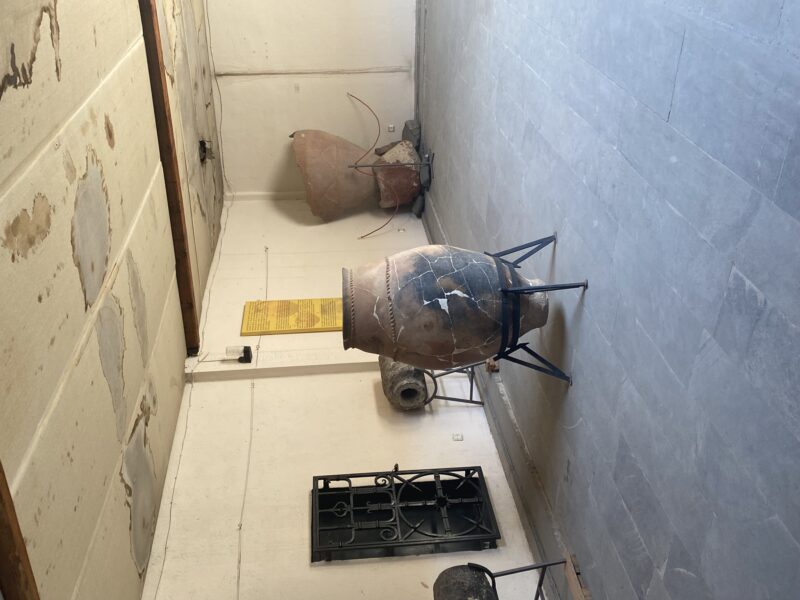
According to a UNESCO website: “The first investigations at Erebuni began in the 1890s through the efforts of Russian scholars A. Ivanovskij and M. Nikolskij. However, systematic excavations only commenced in 1950, led by Armenian and Russian archaeological expeditions. During the initial year of excavations, the team uncovered an Urartian cuneiform inscription, and later additional inscriptions, all of which chronicled the construction of the city. These inscriptions provide invaluable insight into the urbanization efforts of Argishti I and his vision for Erebuni as a stronghold in the heart of the Urartian Kingdom.” (https://whc.unesco.org/en/tentativelists/6809/)
